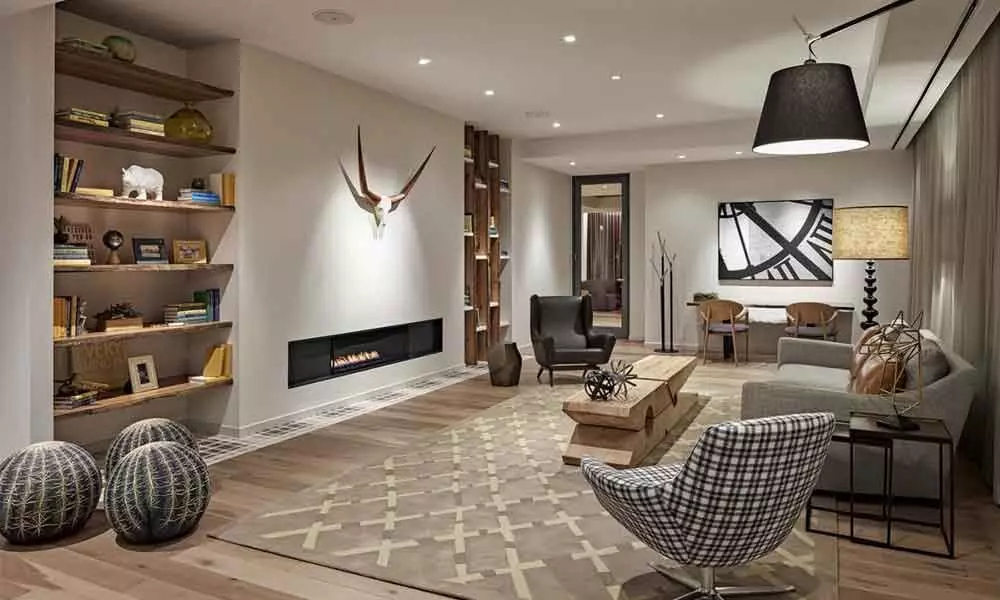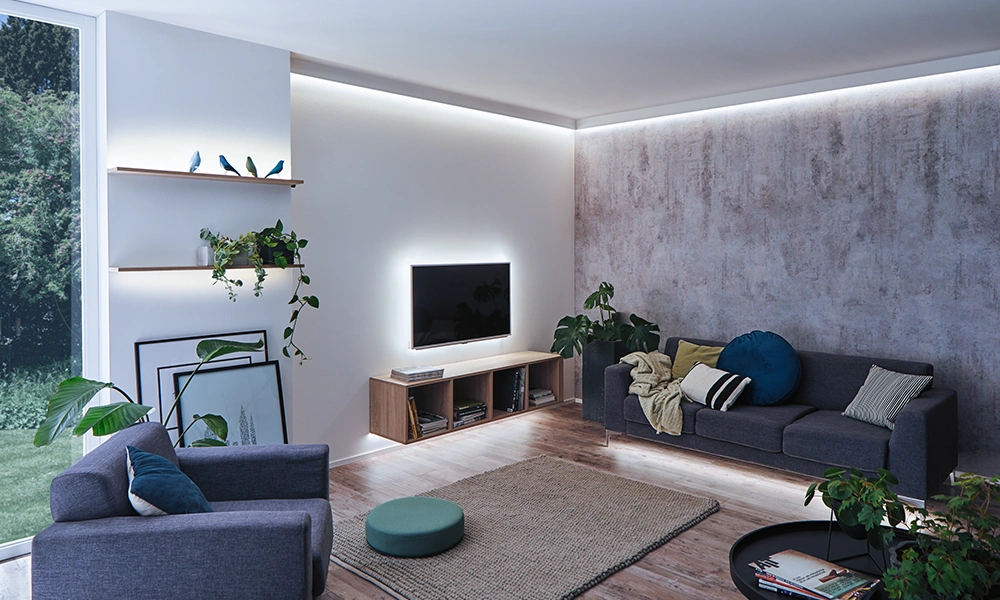Lighting is more than just about being able to see; it can shape how you feel and function in a space. One of the most significant elements of lighting is color temperature, which ranges from warm, cozy hues to bright, energizing tones. But how does color temperature impact your mood, and how can you use the right lighting to enhance different spaces in your home?
Here, we’ll break down the science behind color temperature, its psychological effects, and practical tips to optimize your lighting for comfort, focus, and relaxation.
What Is Color Temperature?
Color temperature is measured in Kelvins (K) and refers to how “warm” or “cool” a light appears.
Warm light (below 3,000K): Emits yellow or orange hues, similar to the glow of a sunset or a candle.
Neutral light (3,000K to 4,500K): Balances between warm and cool tones, often resembling natural daylight.
Cool light (above 4,500K): Offers crisp, bluish-white hues, mimicking the brightness of a clear midday sky.
Each temperature affects how you perceive your space and even how you feel emotionally and physically.
The Psychological Effects of Color Temperature
Different temperatures elicit different emotional and biological responses, making them suited for specific activities and rooms in the home.
1. Warm Light for Relaxation and Comfort
Warm light creates a cozy, calming environment. It mimics the golden tones of sunsets, triggering the body’s production of melatonin, a hormone that helps you wind down and prepare for sleep. This makes it ideal for bedrooms, living rooms, and dining areas where relaxation is the goal.
Practical Tip: Choose warm LED bulbs (around 2,700K) for table lamps, wall sconces, or pendant lights in spaces where you want to relax.
2. Neutral Light for Daylight Balance
Neutral light strikes a balance, offering enough brightness for visibility without feeling harsh. It’s energizing yet gentle, making it versatile for multi-purpose spaces like kitchens, home offices, and bathrooms.
Practical Tip: Opt for neutral light (3,000K–4,000K) under kitchen cabinets, above workstations, or in bathroom mirrors to enhance clarity without creating glare.

3. Cool Light for Focus and Productivity
Cooler, blue-toned light is invigorating and mimics natural daylight at its peak. It suppresses melatonin production, keeping you alert and focused. This makes it ideal for work areas, gyms, or anywhere you need to stay energized.
Practical Tip: Install cool white bulbs (around 5,000K) in your home office or garage to promote productivity during active hours.
Tailoring Lighting to Enhance Mood in Different Rooms
Bedroom
Stick to warm light sources for nightstands and ceiling fixtures. Avoid cool lighting in the evening, as it can interfere with sleep.
Living Room
Combine warm overhead lighting with dimmable options or floor lamps to create a cozy atmosphere for movie nights or downtime.
Kitchen
Neutral tones work well in kitchens, striking the perfect balance between function and comfort. Under-counter LED strips can brighten prep surfaces, while overhead pendants create visual warmth.
Home Office
Use cool light in desk areas to boost focus during the day. Swivel lamps with adjustable intensity are perfect for tailoring brightness to your work needs.
Bathroom
Neutral lights (around 4,000K) are best for mimicking natural daylight in bathrooms, making it easier to apply makeup or shave with precision.
Final Thoughts
Understanding color temperature empowers you to use lighting to its full potential. Whether you’re unwinding after a long day, preparing dinner, or powering through a work project, the right lighting enhances both your mood and space’s functionality.
Next time you’re updating your home’s lighting, think beyond brightness. Choose bulbs that suit the activities and feelings you want to foster in each room, and discover how the right lighting can transform your home and how you experience it.



Leave a Reply